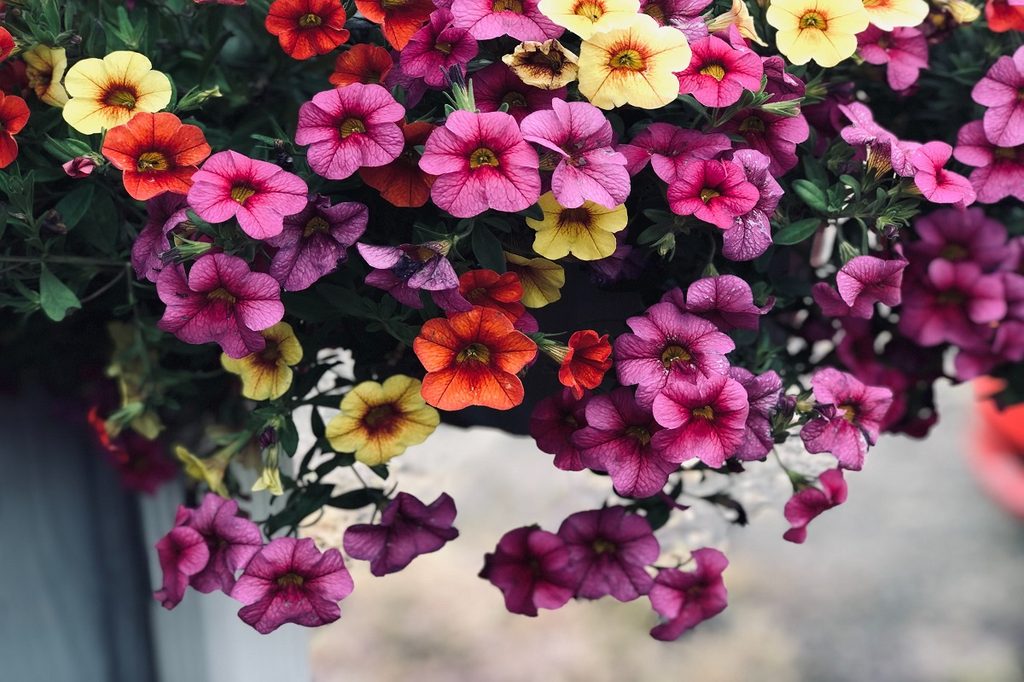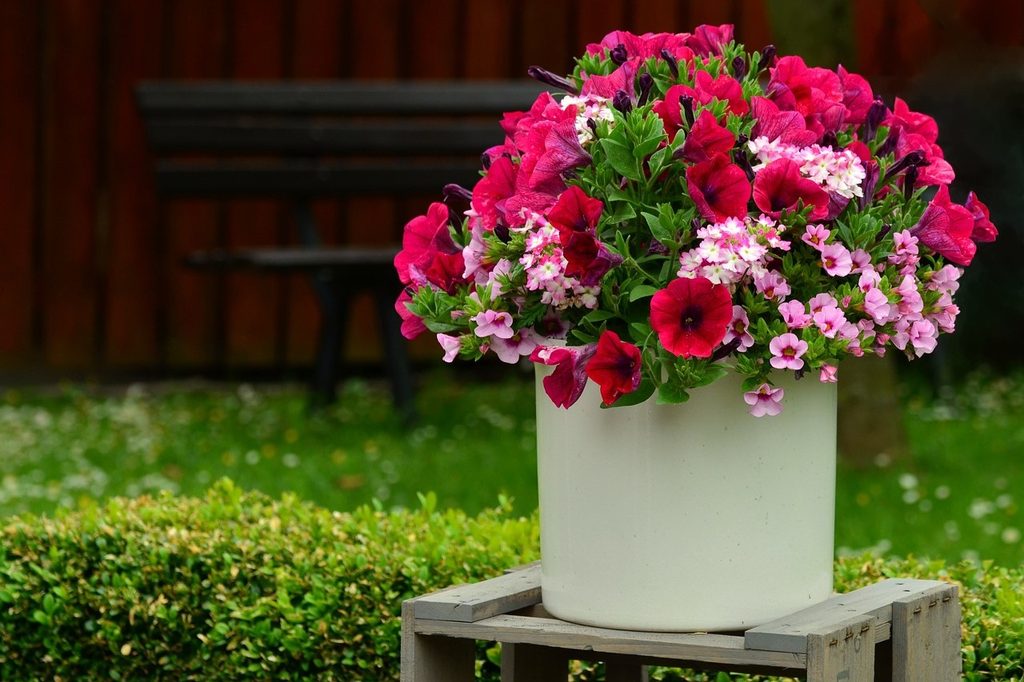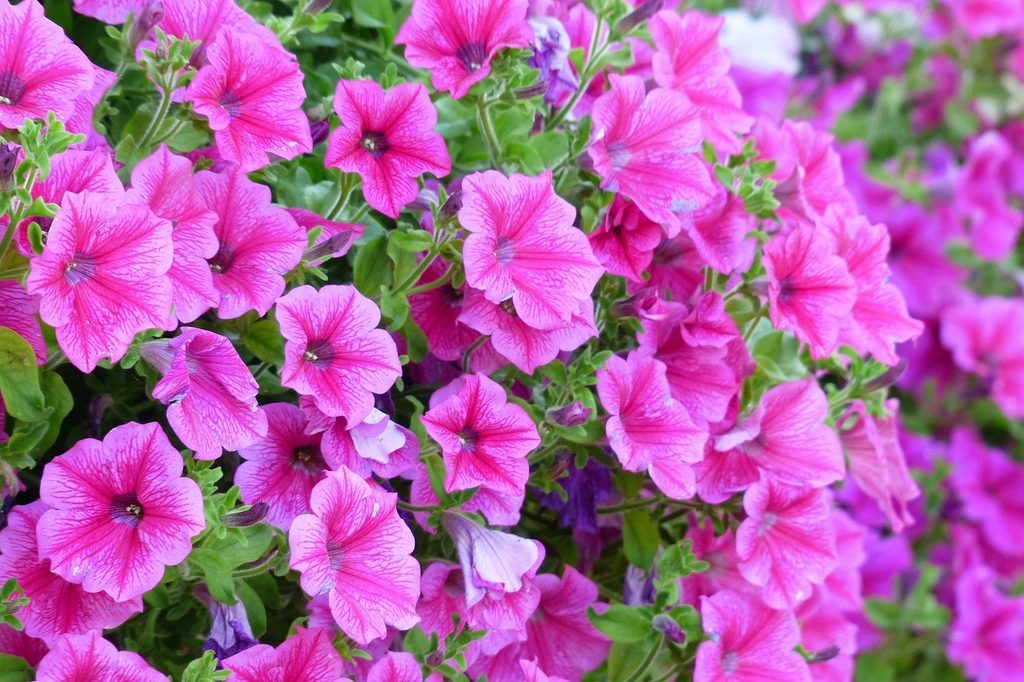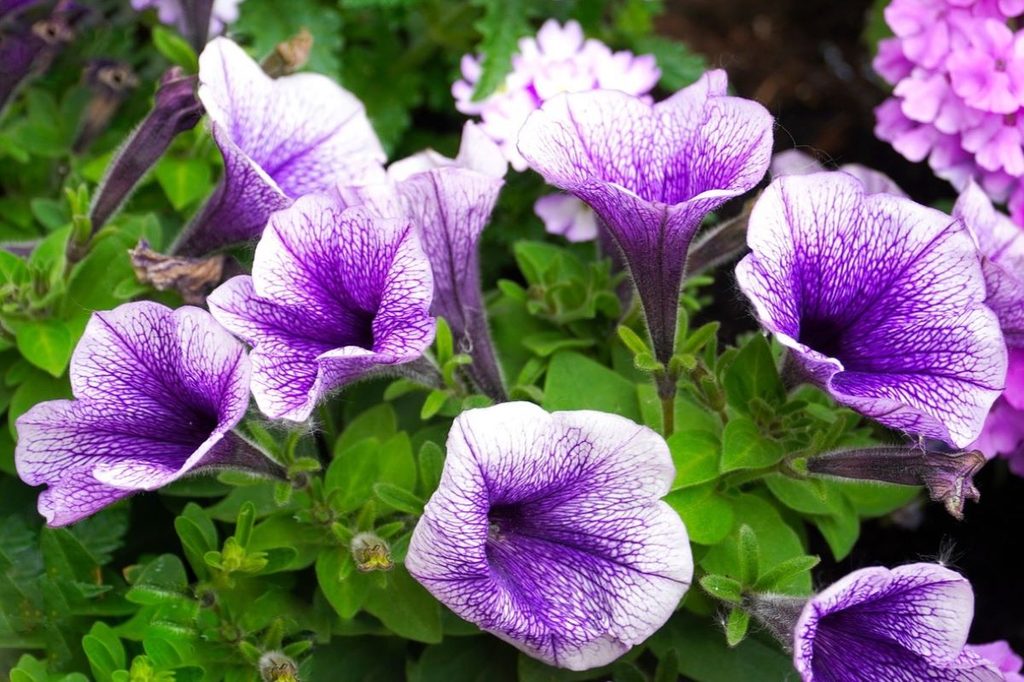
Petunias are beautiful, colorful, and easy to care for. They make excellent additions to most gardens, whether they are traditional gardens, container gardens, or even hanging baskets. If you want to get the most out of your petunia plants, you might be wondering how to deadhead petunias. Deadheading, or the process of removing dead or wilted flowers, can seem intimidating if you’re new to gardening, but the process is actually quite simple. Here’s how to get started deadheading your petunias.
How to deadhead petunias

Begin by finding flowers that are wilted, dead, or dying. When petunias wilt, they begin to close back up, so looking for partially or fully closed petunia blooms is a good way to start. Be careful not to target fresh petunia flowers that haven’t bloomed yet, though! Next, you’ll want to remove the petunia flower using your fingers, a knife, scissors, or garden shears. Make sure your hands or tools are clean to avoid spreading any diseases to your petunia plant.
Petunia flowers have two stems — a main stem that grows multiple flowers and a shorter, individual stem that connects each flower to that main stem. When deadheading petunias, pinch or cut the individual stem where it connects to the main stem. The shorter, individual stem won’t grow a new flower. Rather, the main stem will grow a new individual stem and flower as a unit. Try not to damage the main stem when removing the smaller one.
If you want to collect seeds from your petunia plant, remove only the flower and not the attached stem. The end of the stem, where it attaches to the flower, is where seeds develop. If you’re growing your petunias as a perennial plant, then it’s useful to leave at least a few stems so that you have seeds for next year’s petunia plants.
How often should you deadhead petunias?

There’s no hard-and-fast rule for how often you should deadhead petunias, but many gardeners prefer to do it weekly. This keeps your petunia plant looking neat and gives the plant ample time to grow new flowers. However, if this doesn’t work with your petunia care schedule, you can leave more time between rounds of deadheading.
Some gardeners only deadhead once per month, once per growing season, or even not at all. In most cases, you get what you put into it with deadheading. So doing so more frequently will allow you to reap more of the benefits, while deadheading less often will not.
Do all types of petunias need deadheading?

Technically, deadheading is not necessary for any type of petunia. However, there are some types of petunias that benefit from deadheading less than others. Wave petunias bloom prolifically and are self-cleaning, meaning they naturally have the qualities that deadheading is meant to encourage. Supertunias don’t need to be deadheaded for the same reason. However, you can choose to deadhead both wave petunias and supertunias if you like. Doing so will speed up their natural processes, allowing them to continue blooming faster.
Petunias don’t need to be deadheaded, but it is beneficial for them. Now that you know how to deadhead petunias, you can encourage your petunias to produce even more stunning flowers. You’ll love seeing their bright, colorful flowers, and your local pollinators will be happy to see them, too. Whether you’re growing them to attract hummingbirds or just because you like the way they look, now you can have more of these charming flowers for your garden.


